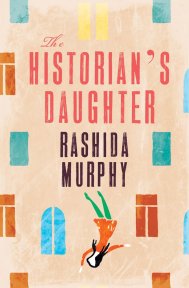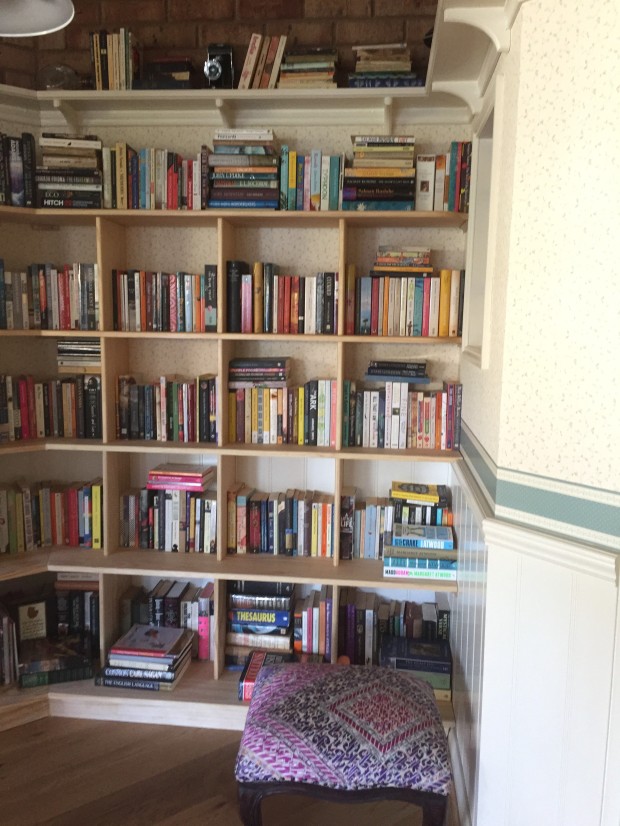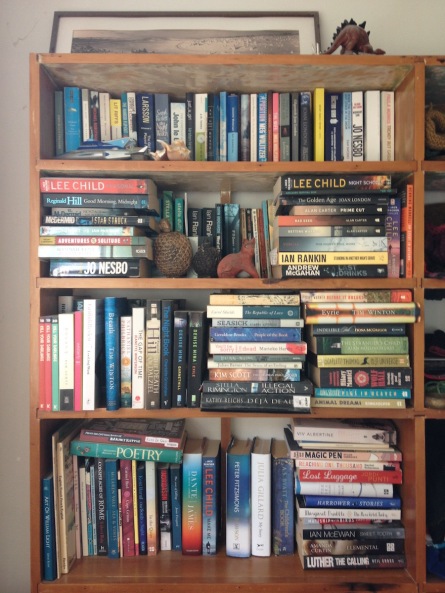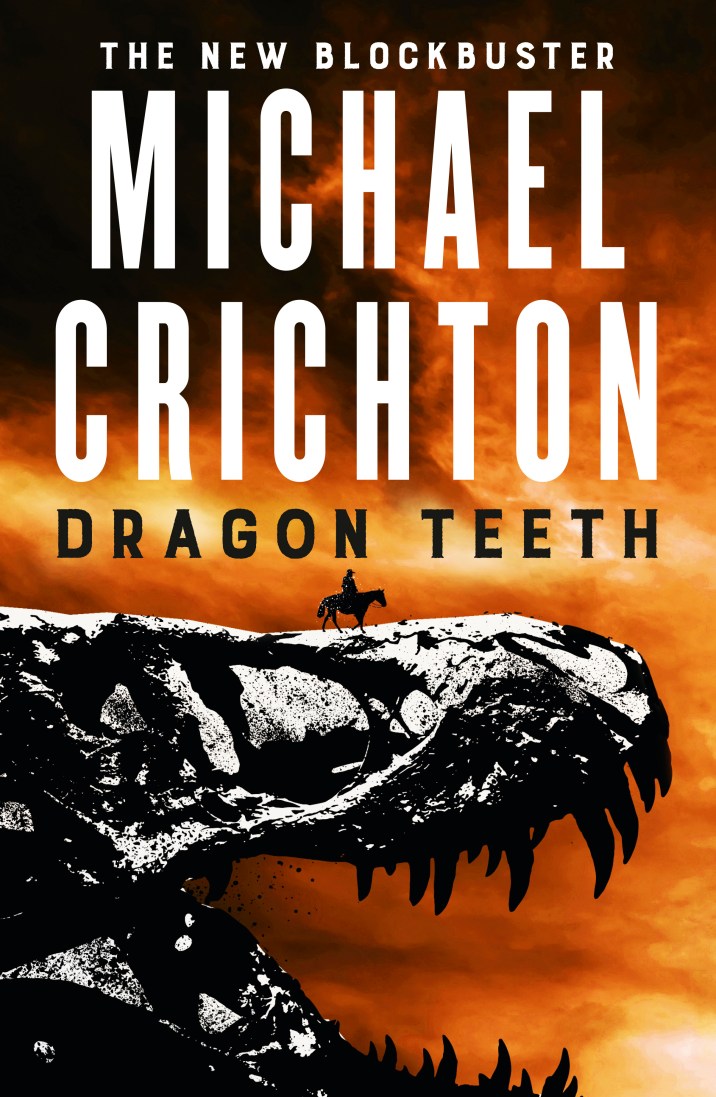 In circumstances that sound very much like the stuff of great fiction, the widow of late Jurassic Park author Michael Crichton recently discovered a previously unpublished manuscript among his extensive archives, and arranged for its worldwide release this month — to immediate popular and critical acclaim.
In circumstances that sound very much like the stuff of great fiction, the widow of late Jurassic Park author Michael Crichton recently discovered a previously unpublished manuscript among his extensive archives, and arranged for its worldwide release this month — to immediate popular and critical acclaim.
Sherri Crichton and a team from the Michael Crichton Archives discovered the manuscript for Dragon Teeth among thousands of folders and more than a million digital files the author amassed before his death in 2008.
Set in America’s “Wild West”, in the 1870s, the new novel takes readers back to early discoveries of fossilised dinosaur bones, and is a fictionalised account of the professional and personal rivalries of two real-life paleaontologists from the era, Edward Drinker Cope and Othniel Charles Marsh.
In Dragon Teeth, young Yale student William Johnson joins a field trip from Philadelphia to the Wyoming, Montana and Dakota territories and is confronted by deception and danger at every turn. Along the way, Johnson makes the acquaintance of a couple of well-known characters in Deadwood — Wyatt and Morgan Earp — and learns of the defeat of one George Armstrong Custer, at the Battle of the Little Bighorn.
In my review for The West Australian, I describe it as a “boy’s-own adventure in Crichton’s fast-paced, gripping style, peppered with enough facts and historical figures to give it the ring of authenticity”. It’s a story that held my attention from go to whoa, and had me wide awake into the wee small hours to finish it — because I couldn’t wait until daylight to find out what happened in the end.
Through her agents at HarperCollins, Sherri Crichton gave me permission to share her answers to my interview questions on this blog. Sherri also provided an image of herself and Michael. Sit back, relax and enjoy what she had to say…
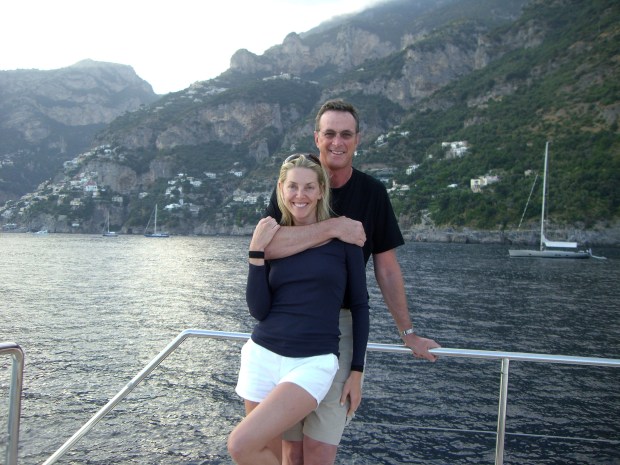
Sherri and Michael Crichton. Photo courtesy Sherri Crichton.
ME: Sherri, please tell me a little bit about how and when the manuscript for Dragon Teeth was discovered?
SC: When Michael passed away in 2008, he left behind a library of his life’s work so extensive it could rival that of any writer of this century. He was constantly researching, clipping articles and taking notes – all saved in thousands of folders, which filled rooms of filing cabinets and included over a million digital files. My team and I have spent years creating his Archive by cataloguing and organizing his papers, book manuscripts, screenplays, and thousands of pages of detailed notes.
In 2014 I came across the complete unpublished manuscript for Dragon Teeth and immediately recognized it as ‘pure Crichton’ from start to finish.
ME: What shape was the manuscript in when it was found?
SC: The manuscript was complete. It was literally something that Michael worked on for years then finished, but decided to put aside to publish at a later date. Jurassic Park, his ‘other’ dinosaur story took precedence… and I am thrilled that it is now being published.
ME: And what sort of work was involved in getting the manuscript into its current form, ready for publication and release? Who was directly involved in this process?
SC: I worked very closely with our publisher. The manuscript was in perfect shape, but I felt this was the opportunity to package the book in true Crichton style. [Designer and illustrator] Will Staehle designed the jacket and we then decided there should be a map inside the book, retracing the journey that the hero of the story takes; this was designed by [New Jersey-based cartographer] Nick Springer. And the type itself, as well as the design, were all very carefully designed and selected, working directly with Lucy Albanese [HarperCollins Publishers Design Director]. A lot of collaborative team work went into creating a very special book; a book Michael would be proud of.
ME: What did you personally enjoy most about reading this story?
SC: It just read effortlessly – you are immediately drawn into the world of this young man, William Johnson. It’s full of historical facts and references, but it all feels organic to the journey Johnson undertakes. There’s also a lot of humor amidst great adventure ~ pure Crichton. It’s very similar in tone to Michael’s The Great Train Robbery.
ME: In researching this novel (and those “other dinosaur novels”), did Michael visit paleontological dig sites, to spend time with palaeontologists while they worked?
SC: Michael travelled across the US for this book. We have some records of conversations he had with various palaeontologists and, as always, he read many books and did a lot of research (at the back of Dragon Teeth you will find the bibliography.) We even found photos of Michael in the Deadwood region, as well as the maps he followed to create Johnson’s journey. As was the case with all of his books, he immersed himself into the world of which he wrote.
ME: Even in this age of information overload, and time-consuming digital technology and social media, why do you think the idea of dinosaurs remains so fascinating for generation after generation?
SC: I think it has to do with our fascination with where the world started, and where we come from. Jurassic Park really showcased that desire man has to recreate the past. In Dragon Teeth, Michael explored the birth of palaeontology, as well as the character of the men who were its founding fathers—what drove them, and how their research drove them to extremes.
ME: There is an overall sense of grandeur and wonder in the landscapes and situations that Michael describes in this book. While I loved “seeing” his vividly described scenarios in my mind, I kept thinking Dragon Teeth would make an exceptional movie or TV series. Are there any plans to have the story retold for the big or small screen?
SC: Yes, we are very excited to have partnered with Amblin Television, Sony TV and NatGeo, and are creating a mini-series with writers Graham Yost and Bruce McKenna [co-writers of Band of Brothers].
ME: In the Afterword for the proof copy, you mention that you can trace the birth of Dragon Teeth to a 1974 letter to the curator of vertebrate palaeontology at the American Museum of Natural History. Are you able to reveal what that letter was about? Has that curator had the opportunity to read a copy of the finished novel and, if so, what did they think?
SC: Yes, it was one of Michael’s very first steps into researching the story. He wrote a letter to Edwin H. Colbert, in 1974 Curator of Vertebrate Palaeontology at the American Museum of Natural History, looking to gather information on Cope and Marsh, as well as any additional input Colbert might have to guide him. It took Mr. Colbert nearly two years to answer, but when he did he offered up a host of references, some of which proved very useful to Michael’s story. Mr. Colbert passed away in 2001. We have calls in to his family and look forward to sharing the book with them.
ME: In the Afterword, you also refer to the Michael Crichton Archives. Can you tell me a little bit more about that, please?
SC: For the past several years, I have dedicated myself to preserving Michael’s legacy through the creation of the Michael Crichton Archives. The archive is a way to embrace not only the finished works but also his research and his ideas, in the hopes of sharing them with his fans today— and with future generations.
Along with my team, I am working to create an additional archive that will serve as the basis for a new educational platform based on Michael’s writing. I believe that Michael’s work is more relevant today than ever and can be used to spark the curiosity and passion for learning—as well as imagination—in readers of all generations.
ME: This final question is one I ask with a measure of hope… Are there more recently discovered Michael Crichton manuscripts that we can look forward to seeing published in future? I’ve got my fingers crossed!
SC: Yes… There will be more exciting news about Michael Crichton in the near future!
Thank you so much, Maureen. I am deeply grateful for the opportunity to speak about Dragon Teeth and to offer a peek into the history. I’m so thrilled that you enjoyed the read.
Dragon Teeth is published by HarperCollins, rrp $32.99.



















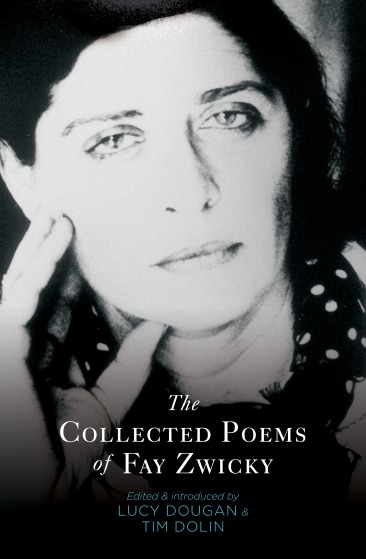 A. We publish around 32 books each year at UWAP so we are always working across a three-year span and this makes life interesting. At the moment we are finalising the May and October titles in our UWAP Poetry series—those 8 new titles give us a total of 18 new poetry books since October 2016. To write that down as I have just done is remarkable and makes my head spin: no other publisher in Australia is releasing so many poetry books.
A. We publish around 32 books each year at UWAP so we are always working across a three-year span and this makes life interesting. At the moment we are finalising the May and October titles in our UWAP Poetry series—those 8 new titles give us a total of 18 new poetry books since October 2016. To write that down as I have just done is remarkable and makes my head spin: no other publisher in Australia is releasing so many poetry books.



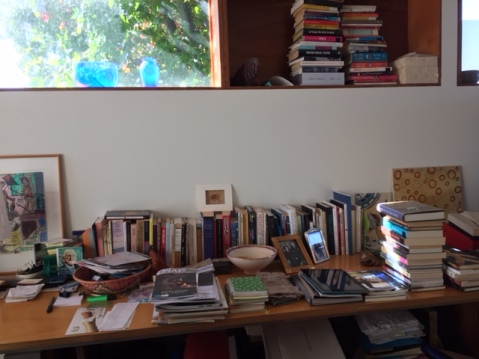




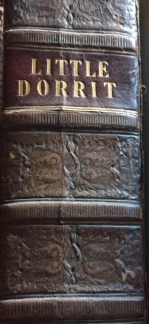


























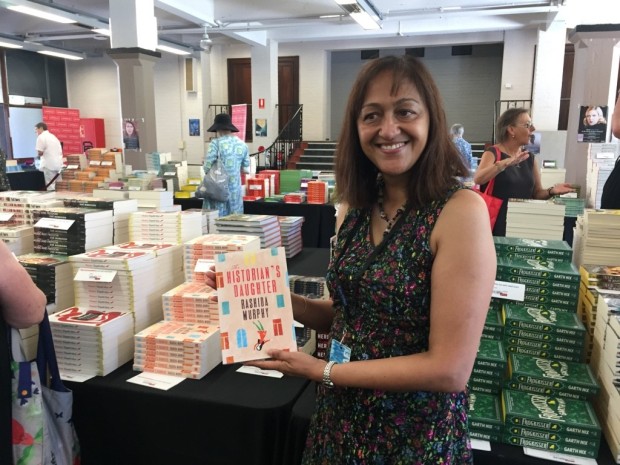 The first time I read the blurb for
The first time I read the blurb for 